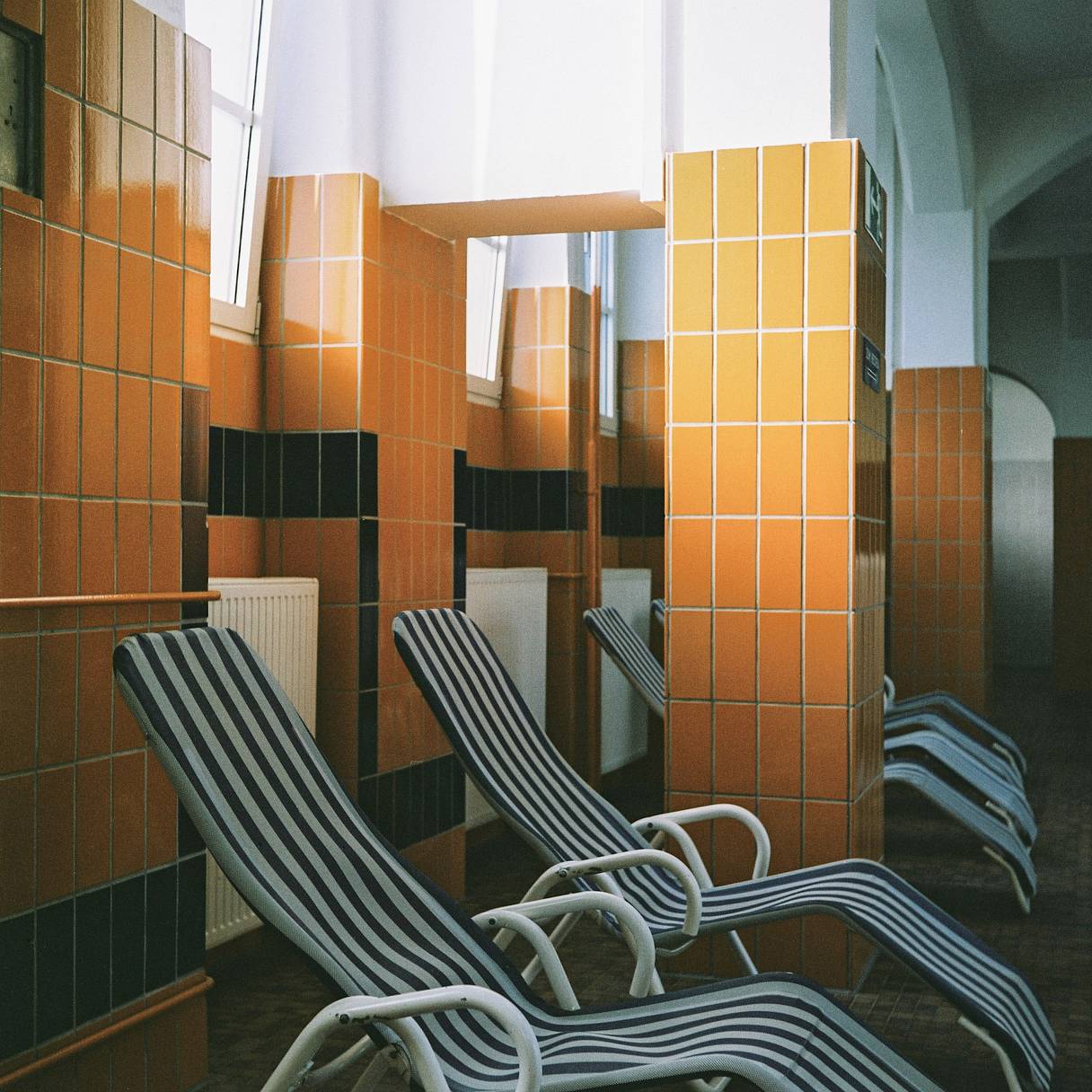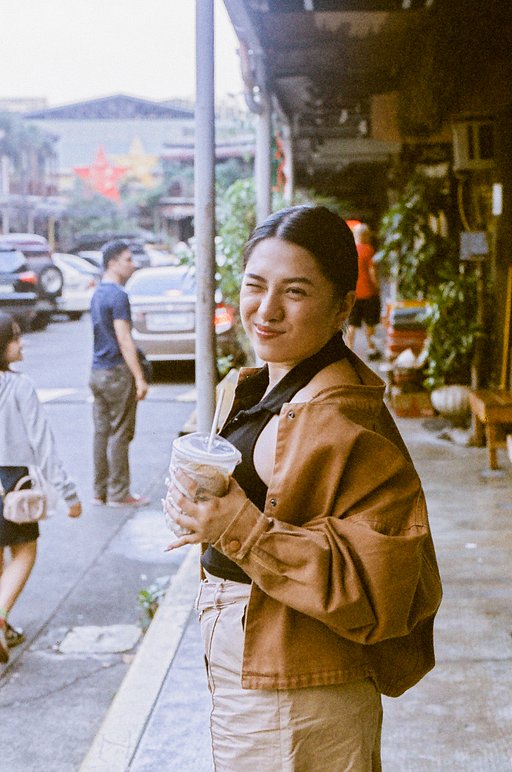Tips on Shooting Medium Format With a Roll of LomoChrome Color ’92 120
8 Share TweetShooting medium format is serious business, not only because some cameras cost thousands, but because there is something about these cameras that hold a certain weight. In addition to physical weight, they also have a demeanor. Like a respected matriarch, they conduct themselves with dignity and poise. They have a regal appearance, with the fine engravings that label their brands, the solid structure, the vertical point of view, the dance that the hand has to do with the camera to take the picture: meter, load, focus, press, load and repeat.
If we add a roll of the new LomoChrome Color ’92 120 ISO 400 format to the mix, the pressure is high, but the results can be something very special.
Be aware that medium format takes as much as it gives. Nothing is fast, and everything demands attention. When shooting, self-doubts increase exponentially, and each shot is emotionally charged. There are so few frames we must make them count!

Medium format is different
Undoubtedly there is a different energy when we shoot a roll of 120 film. With a larger frame size, the final picture has rich detail and finer grain. The LomoChrome Color '92 with its 400 ISO really shines like a freshly polished silver plate in bright light and the colors can show their unique qualities.
This film doesn't shy away from challenging light situations, and it creates even more dramatic outcomes with deep shadows and brilliant highlights that render strong contrast with vibrant depth.
Cropping may not be a good idea
This can be true in any format we are shooting. It is important to fill the frame the right way. Take your time and move around the subject to find the balance in your elements before pressing the shutter. Sometimes a small tilt to one side or the other can improve your composition greatly. That's why it is essential that you make most of your decisions in camera. More often than not it is challenging to crop your frame afterwards as the balance of everything around will change.
A note for users that work with the TLR system (Twin lens reflex): The first thing you will notice is that we don't see directly through the lens but from the second lens positioned on top. The orientation is different because the camera does not have a mirror to flip back the image. Take your time and get accustomed to it.
Check your horizon
The horizon will be the cutting line of your frame, and it can make or break your shot. The classic rules of composition, such as the rule of thirds, can work fine when you have a rectangular frame; but if you're working with a square image these rules can be twisted and you can try to place elements at the center or cut the frame in half.
It is more common to find the rule of thirds as a horizon placing technique, which can go either at the top or at the bottom of your frame, leaving a dramatic negative space.
Look out for leading lines
We know well that images are a mix of shapes that govern our pictures. There can be curves, lines, rectangles, triangles, and each of them can be traced down to a pure line creating a dynamic image. These shapes will help to keep the viewer's eyes glued on your photos. Use trees, architectural lines, or other elements in the scene to help you build these guiding lines.
Depending on what kind of shapes and forms you will place in your frame, they can communicate different kinds of moods. From a steady and calm centered composition to active and dramatic diagonal lines.
Keep it simple
This piece of advice may be up for debate, as everyone has their own style when shooting, but if you struggle with composition try keeping your image simple to give enough room for the viewer's eyes to wonder. You don't need to be super minimalist but try to organize your space with intention, it can help a great deal.
Get to know your camera
Lastly, we should mention that it is always a good habit to take time and study your camera. The more you are familiar with your gear, the more confident you will be out in the field, letting you dedicate all of your energy to your photographs.
Have you shot already a roll of LomoChrome Color '92 ? How was your experience? Comment below and grab one pack in our online shop
written by eparrino on 2023-10-10 #gear #medium-format #tipster #lomochrome-color-92-120

























No Comments